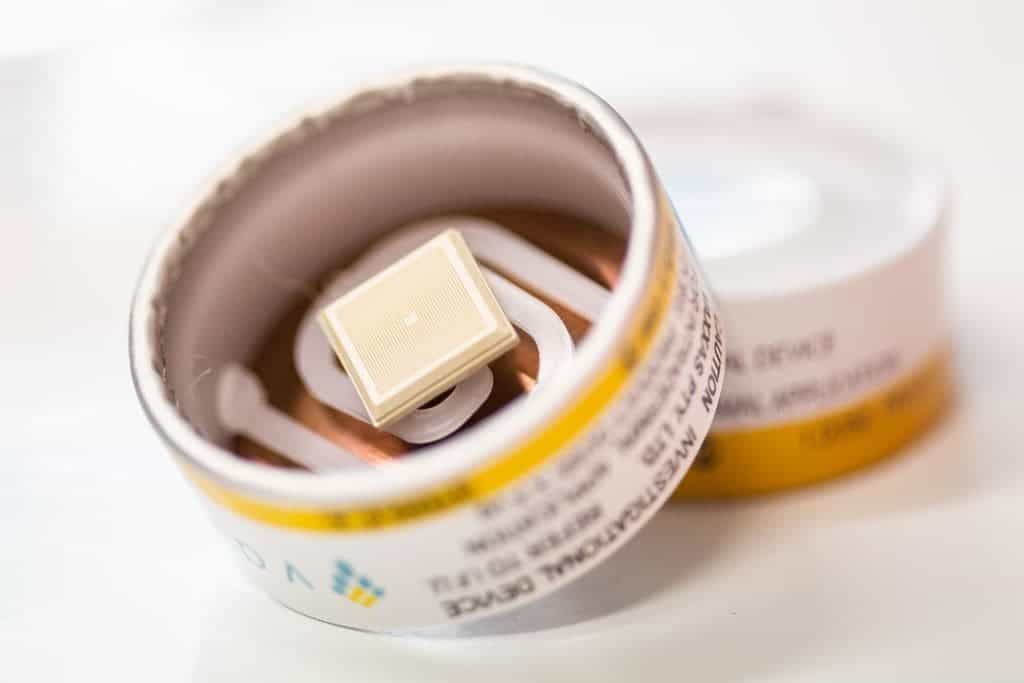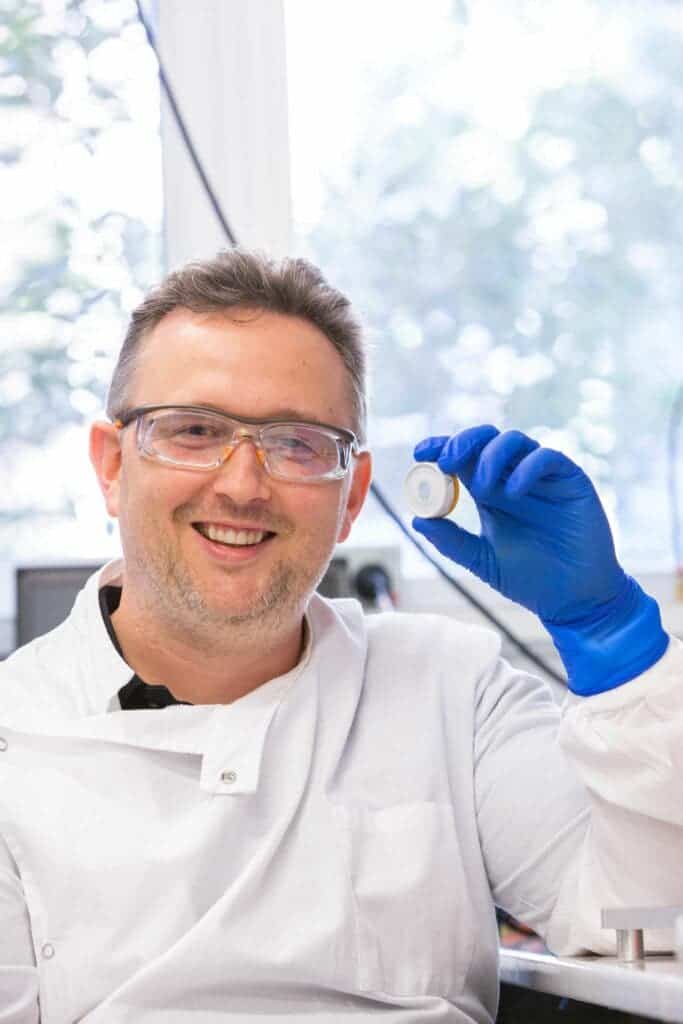
Researchers in Australia have developed a needle-free COVID-19 vaccine in the form of a patch that slowly delivers the serum through the skin. This type of vaccine delivery is not only painless, but studies on mice also showed that the generated immune response against the coronavirus was actually stronger than the jab.
The high-density microarray patch (HD-MAP) is the result of a collaboration between Brisbane-based biotechnology company Vaxxas and the University of Queensland. The patch doesn’t deliver an mRNA serum, like the popular Pfizer/BioNTech and Moderna. Instead, it was tested on a more affordable vaccine candidate developed by the University of Texas, called Hexapro.
The Hexapro vaccine uses a stabilized version of the spike protein from the surface of the coronavirus to train the human immune system to recognize and fight infection when the real virus is encountered. The manufacturing process is virtually the same as that for the flu vaccine. The serum is made in eggs and can be stored at a standard refrigerator temperature of 2 to 8 degrees Celsius, making the shot affordable and accessible to virtually all parts of the globe. Hexapro is currently undergoing clinical trials in Vietnam, Thailand, and Brazil.
Dr. David Muller of the University of Queensland’s Chemistry and Molecular Biosciences department wanted to take this vaccine to the next level. He and colleagues have developed HD-MAP, which they think could be a “game-changer for vaccine delivery in a pandemic setting.”
Tests on mice showed that the fingertip-sized patch produced strong immune responses that were effective at protecting the mice from infection with the virus that causes COVID-19. This includes the highly-contagious and more dangerous UK and South Africa variants.
Using patches instead of needle delivery possesses several significant advantages. Once the patch is applied on the patient’s shoulder or some other body part, more than 5,000 microscopic projections deliver the serum into the skin. The application of the patch does not cause pain or any kind of discomfort, unlike vaccine needles which many people abhor. It’s easy to use, which means there’s no need for highly trained medical staff and patients could perform the vaccination themselves.
When the patches are dry-coated, they remain stable for at least a month at 25 degrees Celsius and one week at 40 degrees Celsius. That’s mighty useful in settings where the cold storage infrastructure is lacking. Healthcare workers can take millions of these patches and then have enough time to distribute them across rural and remote areas that may be lacking electricity or mobile cold storage units.
Furthermore, the study’s findings suggest that the patch delivery produces a stronger immune response than the needle-based one.

“Traditional intramuscular injection goes deep into the muscle where there aren’t a lot of immune cells. Using the patch, we are able to precisely target the layers of the skin which have a high density of immune cells. This results in a lot more efficient vaccine uptake and corresponding immune response. This vaccine works by targeting the body’s immune response (antibodies) to the spike protein on the surface of the virus. In simple terms, we are dry coating the spike protein onto thousands of tiny projections 250 µm in length. This coated vaccine patch is applied to the skin which deposits the vaccine into the dermal layers of the skin which are rich in immune cells. This precise delivery of the vaccine to the immune cells results in a very strong immune response to SARS-CoV-2,” Dr. Muller told ZME Science.
What remains now is to validate these findings in humans. The researchers are planning a phase I clinical trial for the patch in the second quarter of 2022.
“This will initially be designed around ‘booster’ dosing,” Dr. Muller said.
Findings appeared in the journal Science Advances.
Was this helpful?



